Neuroscience

Neurotransmitter receptors function via various G-protein coupled and G-protein independent mechanisms that activate downstream intracellular signaling pathways such as cAMP/PKA, PI3K/AKT, phospholipase A2, and phospholipase C pathways. For instance, dopamine receptors act through adenylate cyclase to activate PKA and other signaling molecules, thereby mediate gene expression through the actions of CREB and other transcription factors. Other neurotransmitters such as NMDAR or AMPAR are associated with ion channels that control flux of Ca2+ and Na+, thus propagating the action potential across the post-synaptic neuron.
Dysfunctions in GABAergic/glutamatergic/serotonergic/dopaminergic pathways result in a broad range of neurological disorders such as chronic pain, neurodegenerative diseases, and insomnia, as well as mental disorders including schizophrenia, bipolar disorder, depression, and addiction.
-
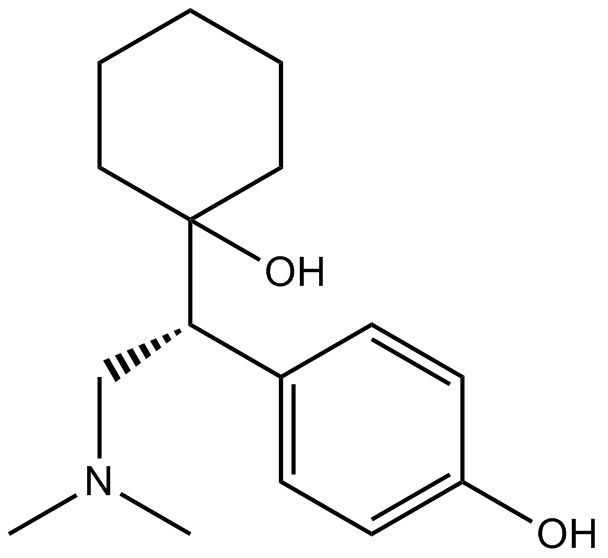 B2236 DesvenlafaxineTarget: 5-HT Transporters|Norepinephrine transportersSummary: serotonin (5-HT) and norepinephrine (NE) reuptake inhibitor
B2236 DesvenlafaxineTarget: 5-HT Transporters|Norepinephrine transportersSummary: serotonin (5-HT) and norepinephrine (NE) reuptake inhibitor -
 B6417 AminopotentidineSummary: H2 antagonist
B6417 AminopotentidineSummary: H2 antagonist -
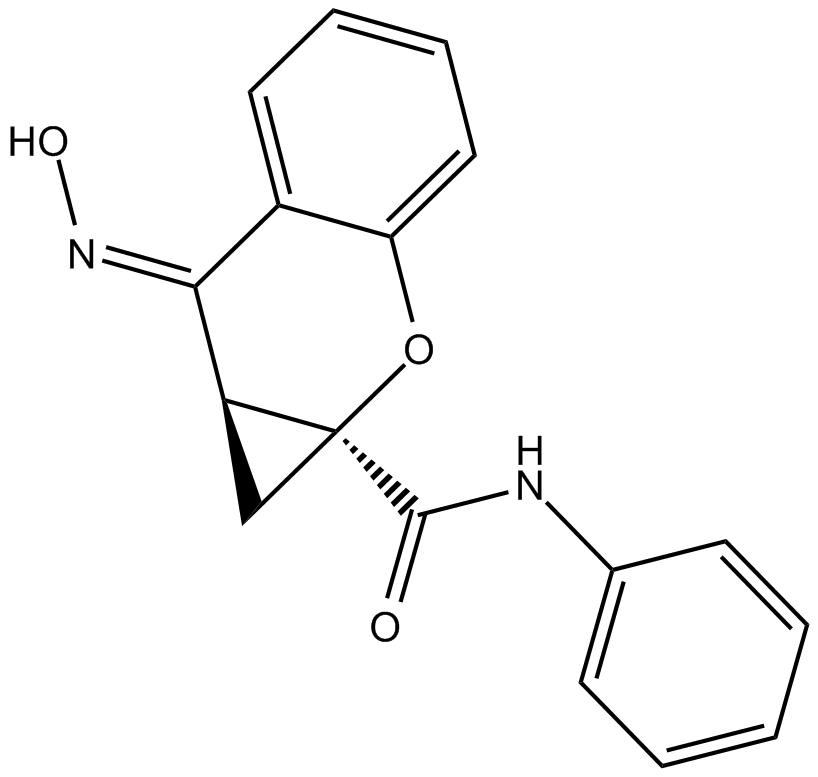 B6554 PHCCCSummary: Group I metabotropic glutamate receptor antagonist
B6554 PHCCCSummary: Group I metabotropic glutamate receptor antagonist -
 B6657 CY 208-243Summary: dopamine D1 receptor agonist
B6657 CY 208-243Summary: dopamine D1 receptor agonist -
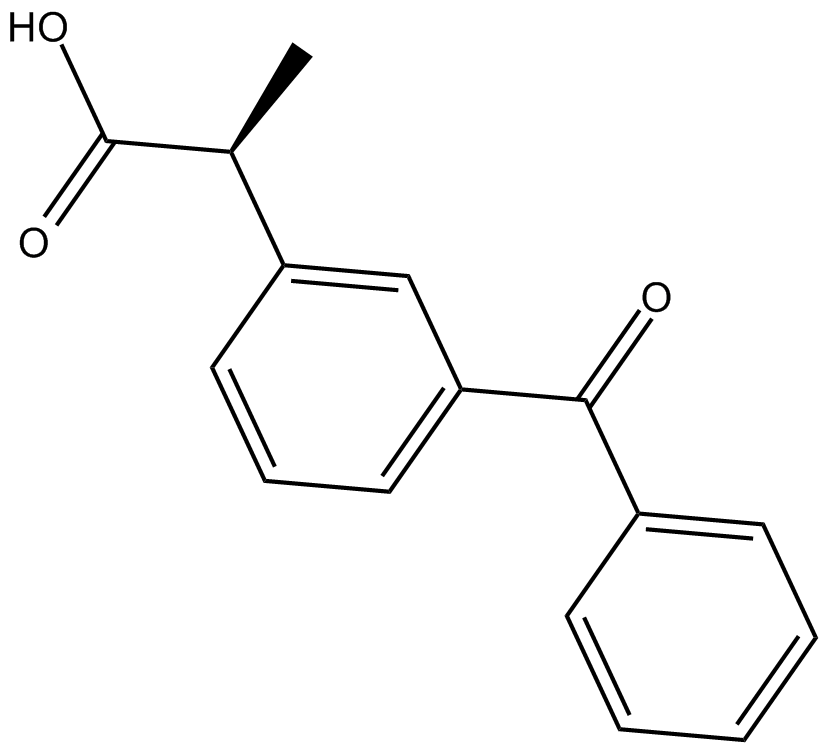 C3334 (S)-KetoprofenSummary: COX-1 and COX-2 inhibitor
C3334 (S)-KetoprofenSummary: COX-1 and COX-2 inhibitor -
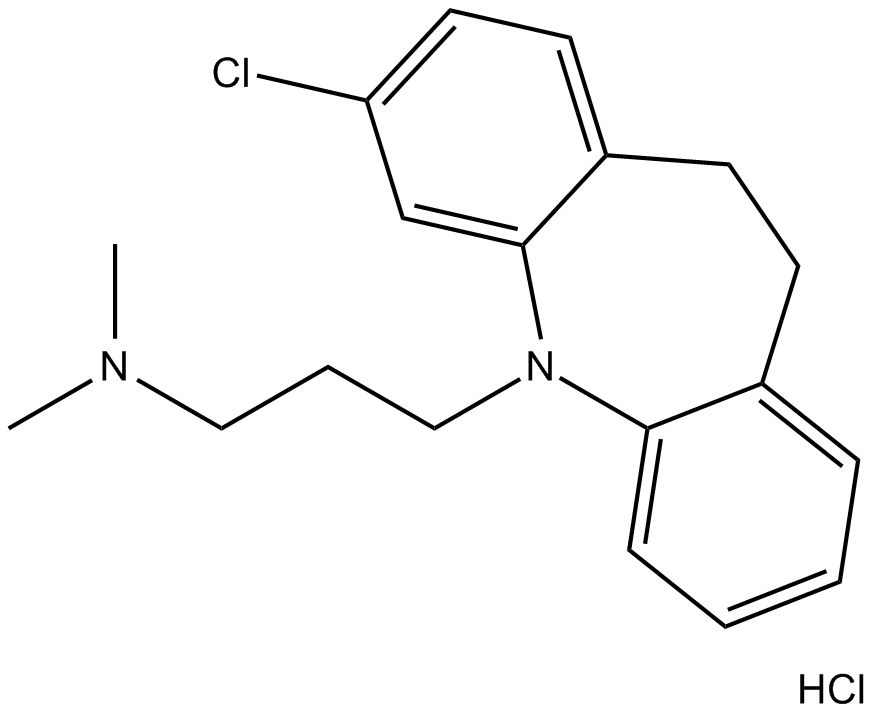 B2234 Clomipramine HClSummary: SERT/NET dopamine transporter (DAT) blocker
B2234 Clomipramine HClSummary: SERT/NET dopamine transporter (DAT) blocker -
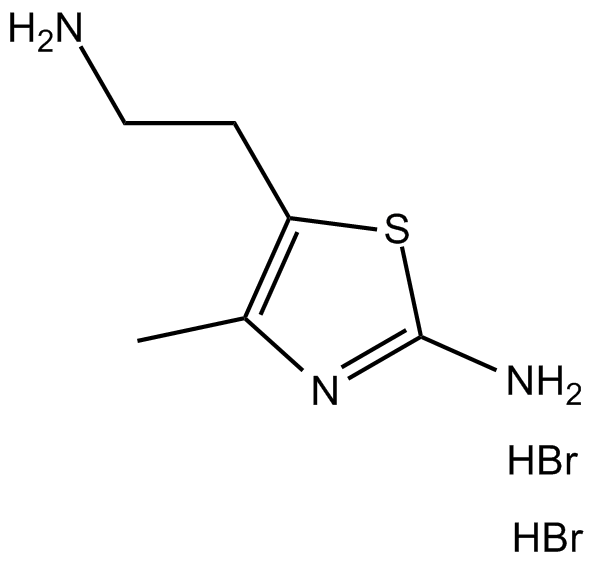 B6400 Amthamine dihydrobromideSummary: H2 agonist
B6400 Amthamine dihydrobromideSummary: H2 agonist -
 B6546 E4CPGSummary: group I/group II metabotropic glutamate receptor antagonist
B6546 E4CPGSummary: group I/group II metabotropic glutamate receptor antagonist -
 B6578 PD 168077 maleateSummary: D4 dopamine receptor agonist
B6578 PD 168077 maleateSummary: D4 dopamine receptor agonist -
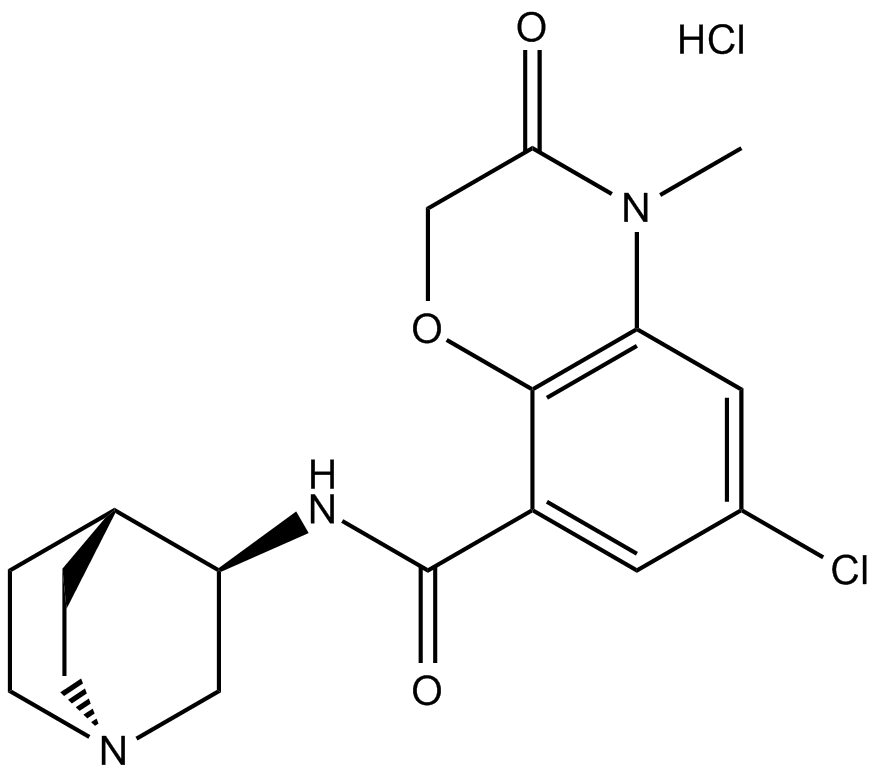 B2233 Azasetron HClSummary: 5-HT3 receptor antagonist
B2233 Azasetron HClSummary: 5-HT3 receptor antagonist

